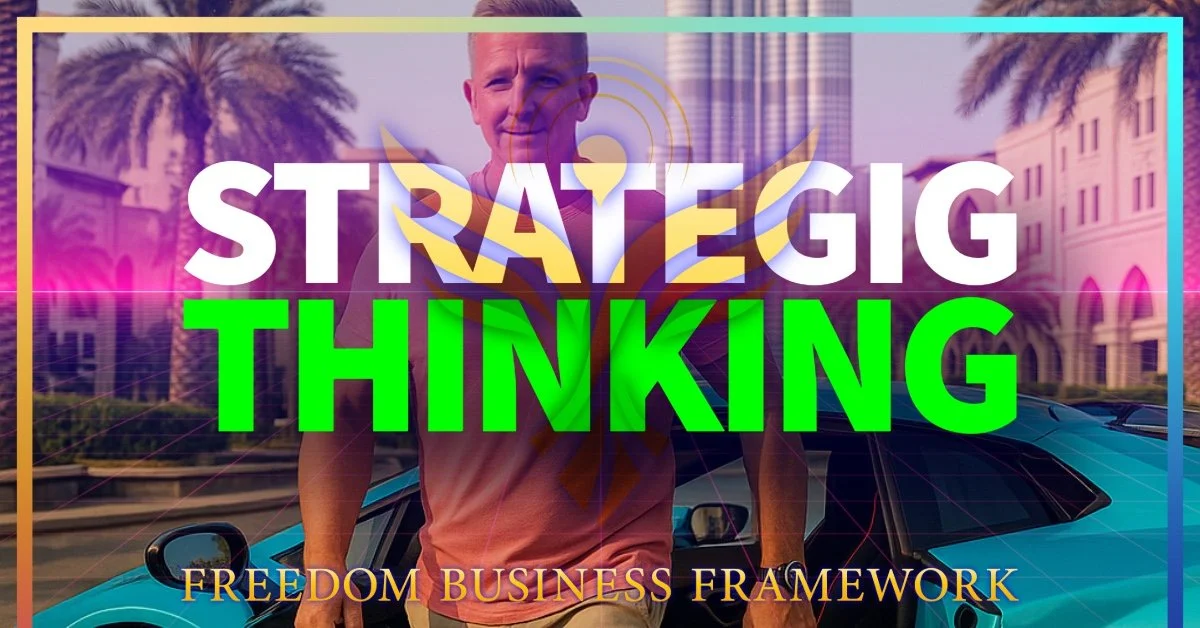Strategic THInking
While others are bogged down in day-to-day tasks, a strategic thinker is scanning the horizon. Strategic thinking means seeing the bigger picture – spotting patterns and connections that others overlook – and anticipating opportunities or problems before they arrive. It’s the ability to step back and ask, “How do all these pieces fit together, and where should we be heading next?” This skill is so prized that in one survey, 97% of executives said strategic thinking is one of the most important traits they seek when hiring. Why? Because companies need visionaries – people who don’t just execute today’s plan, but also chart the course for tomorrow.
See Connections Others Miss. Picture assembling a puzzle: many focus only on their single piece, but a strategic thinker looks at the whole puzzle image on the box. They notice how pieces might link, even if they’re not connected yet. In a business context, this could mean recognizing that a change in customer behavior plus a new technology trend could open a market nobody is serving. Or seeing that two departments working separately actually have resources that could benefit each other. This big-picture mindset is relatively rare – most people are consumed by immediate deadlines or their specific role. If you cultivate it, you become the person in the meeting who says, “If we do X, it will affect Y down the line – have we considered that?” Strategic thinkers also excel at **pattern recognition**: they draw on lessons from past projects or from other industries and apply them in new ways. Over time, this habit of connecting the dots allows you to solve problems in innovative ways. While others might be surprised by an unexpected challenge, you’ve likely already thought a few moves ahead.
Position Yourself as the Visionary They Need. Organizations crave people who can not only deliver in their current job, but also help guide the future. When you demonstrate strategic thinking, you start to get seen as a *leader*. For example, if you can articulate a clear vision – “In three years, our industry will be doing X, so we should start preparing by doing Y now” – you set yourself apart. You’re no longer just executing someone else’s plan; you’re proposing the plan. That’s huge. It shows initiative, foresight, and business acumen. Leaders up the chain will notice that you “get it.” You’re not just worried about this quarter’s targets, but also about positioning the team or company for long-term success. Being that person means you’ll likely be invited into higher-level discussions. You might get to contribute to strategy meetings, or lead cross-functional projects, because people trust that you can see beyond your silo. To further cement your reputation as a visionary, always back your ideas with reasoning: use data, trends, or case studies to support your strategic insights. This shows that your foresight isn’t just gut feeling – it’s grounded in understanding of the landscape.
Developing strategic thinking takes practice. Start by deliberately zooming out from your daily tasks. Ask yourself, “Why are we doing this? How does it impact other teams or the company’s goals?” Follow industry news and think about how changes might affect your work. When problem-solving, force yourself to generate not just one solution, but multiple scenarios (“Plan A, B, C”) and consider the ripple effects of each. Over time, you’ll train your mind to naturally consider broader factors. Remember, being strategic is like being the chess player who thinks several moves ahead. In doing so, you’ll become invaluable in an environment where so many are just playing move-to-move.

